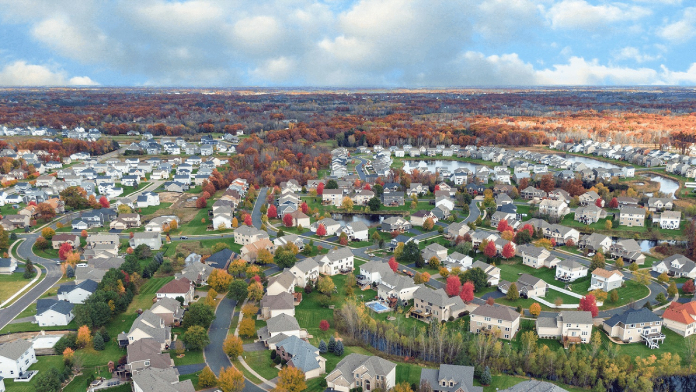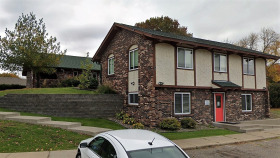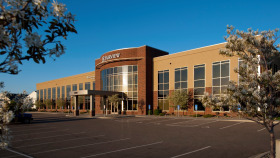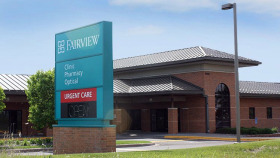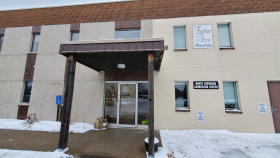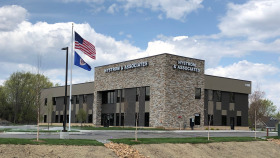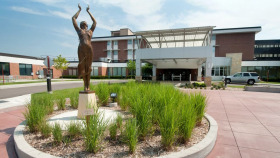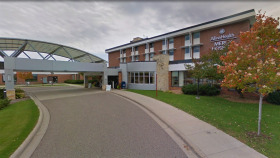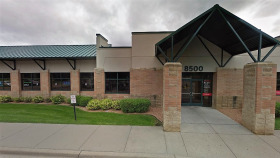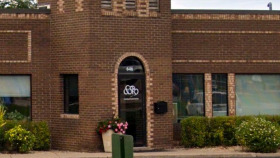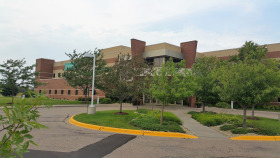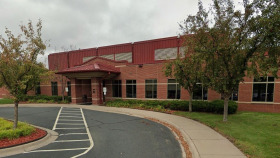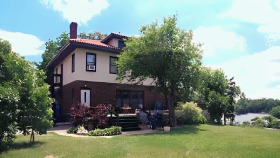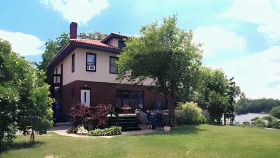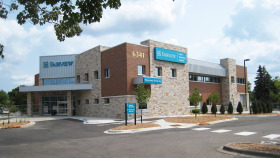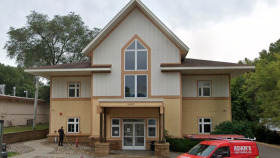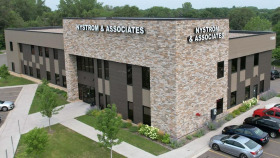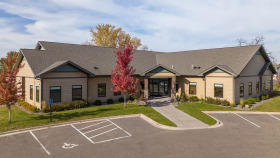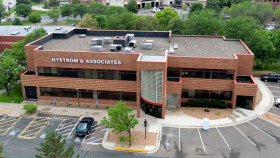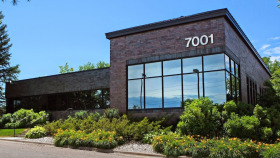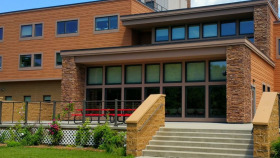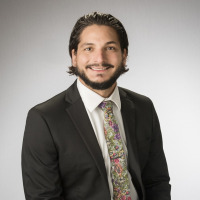Alcohol and Drug Use Statistics in Blaine, MN
Substance abuse has plagued Blaine with addiction, overdoses, and death in recent years. Statistics from Anoka County in 2020 showed:2
A total of 58.21% of opioid deaths involved synthetic opioids, such as fentanyl and fentanyl analogs.
In 2020, residents aged 25-34 years old accounted for 134 of 309 opioid-involved overdoses; the most of any age group.
Levels of Substance Abuse Treatment
Addiction needs vary by person and situation. The following levels of treatment are available to meet these various needs.
Alcohol and Drug Detoxification
Before beginning a formal inpatient or outpatient program, detox is often necessary. This is the process of safely and comfortably removing drugs or alcohol from your system. Detox occurs in a supervised setting, such as a hospital or inpatient rehab center.
Inpatient Drug and Alcohol Rehab
Residential or inpatient treatment provides 24/7 supervised care while you live at the rehab facility. A combination of treatment interventions is offered, including individual and group therapy, nutritional counseling, experiential therapies, and medication.
Partial hospitalization programs (PHPs)
PHPs allow you to live at home while attending treatment at a hospital. You may receive many of the same treatment services offered through inpatient care, but you can return home during non-treatment hours.
Intensive Outpatient Programs (IOPs)
IOPs are a step down from PHPs. With this program, you attend a few hours of counseling over several days each week while spending the rest of your time at work, school, or fulfilling other obligations.
Standard Outpatient
As the least intensive treatment option, standard outpatient care involves just one to two hours of treatment per week. This level is appropriate for highly motivated people with a strong support system.
Relapse Prevention
Relapse prevention, also referred to as aftercare, begins when you complete a rehab program. It involves ongoing support to encourage continuing sobriety. Supports typically include 12-step groups, therapy, sober living homes, or other accountability.
How to Pay for Substance Addiction Treatment in Blaine, Minnesota
Private Insurance
The Mental Health Parity and Addiction Equity Act requires all insurance providers to cover substance abuse and mental health treatment services in some capacity. Minnesota residents must confirm with their provider the precise coverage offered under their specific plan.
Minnesota Medicaid
Medical Assistance (MA) is Minnesota’s Medicaid program. This government program provides healthcare plans for Minnesota residents with low income. MA serves children and families, pregnant women, adults without children, seniors, and people who are blind or have a disability.5
Minnesota Medicare
Minnesota Medicare is a national health insurance program that provides health insurance for Minnesotans age 65 or older, have a disability status, or have end-stage renal disease or ALS. Medicare plans cover addiction treatment services; however, the rehab center must accept Medicare as a form of payment.
TRICARE in Minnesota
Minnesota TRICARE (West region) is a government program providing health insurance coverage to the U.S. Armed Forces military personnel, veterans, and their dependents. This coverage includes addiction treatment services.
Sliding Scale Rehabs
Sliding scale rehabs charge Minnesota residents only what they can afford, based on their income. Facilities typically require participants to provide proof of income to qualify for this discount.
IHS-Funded Drug Rehabs
Indian Health Service (IHS) provides free addiction treatment to Alaskan Natives and Indigenous people in the U.S.
Local Information: Everything to Know About Blaine, MN
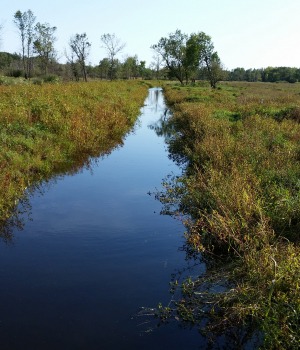 If you or a loved one are considering traveling to Blaine for substance use disorder treatment or to visit a loved one in drug or alcohol rehab in Blaine—a number of facts and information that may assist your planning:
If you or a loved one are considering traveling to Blaine for substance use disorder treatment or to visit a loved one in drug or alcohol rehab in Blaine—a number of facts and information that may assist your planning:
- While there is an airport in Blaine, it is only available to small aircraft. Your best bet for flying into the area is through Minneapolis/St. Paul International Airport (MSP).
- Without a rental car, the Northstar line with MetroTransit is an easy way to get from Minneapolis to Blaine, with bus connections in cities along the way. Taxis, Uber, Lyft, and other driving companies are also available.
- You can keep up to date with traffic changes on the Anoka County Highway Department website. They post weekly updates on construction, which can help avoid unexpected traffic by car.
- There are three main hotels in Blaine (Asteria Inn & Suites, Best Western Plus, and Travel Leaders), and hundreds of AirBnb and VRBO options as well.
- The most highly rated neighborhoods are those surrounding the golf course and a section in the middle-west area of Blaine.
- There are over 650 acres of open space land with trails, picnic areas, and preserved natural environments to enjoy. Just make sure you pack appropriate clothes for changing seasons.
- A visit to the Mall of America, the largest retail shopping mall in the United States, may be a good way to explore Minnesota’s most famous attraction. Just 30 miles south of Blaine, with over 50 restaurants and an amusement park inside, it could be a pleasant day trip.
Minnesota Alcohol and Drug Laws
Minnesota lawmakers and public health agencies have enacted the following laws related to substance misuse and overdoses:1,2,3,4
Good Samaritan Overdose Medical Assistance Law: This law stipulates that a person who seeks medical assistance for someone who is experiencing a drug-related overdose may not be charged or prosecuted for the possession or use of a controlled substance or drug paraphernalia. The law also protects the person who is experiencing the overdose from prosecution. This law is designed to remove fear of legal repercussions, to encourage Minnesota residents to call 911 during an overdose situation.
Minnesota’s Drug and Alcohol Testing in the Workplace Act: In Minnesota, employers are not permitted to drug test their employees with impunity. The laws allow only specific instances in which drug and alcohol testing could be legal in the workplace. Policy makers are reviewing these laws now that marijuana use was legalized in Minnesota in 2022.
DWI Laws: Minnesota’s driving while intoxicated laws make it illegal to drive, operate, or be in control of any motor vehicle anywhere in the state while under the influence of a controlled substance, alcohol, or any intoxicating substance; having a BAC of .08 or more; having any amount of a Schedule I or II controlled substance (other than marijuana), in the body. For Minnesotans under the age of 21, consumption of any amount of alcohol and driving of a motor vehicle results in a loss of driver’s license and additional penalties.
Marijuana Laws: As of July 1, 2022, Minnesota residents who are at least 21 years old can legally purchase and consume edible and drinkable products containing hemp-derived THC. The law allows businesses to sell, and individuals to consume products containing no more than five milligrams of THC per serving and no more than 50 milligrams of THC per package.
Resources
- Anoka County Public Health and Environmental Services. (2019). Anoka County 2020-2022 Community Health Improvement Plan. https://www.anokacountymn.gov/DocumentCenter/View/26406/Anoka-County-Community-Health-Improvement-Plan-2020-2022
- Minnesota Department of Health. (2022). Anoka County substance use and overdose profile.https://www.health.state.mn.us/communities/opioids/countyprofiles/documents/anokacountyoverdosedata.pdf

